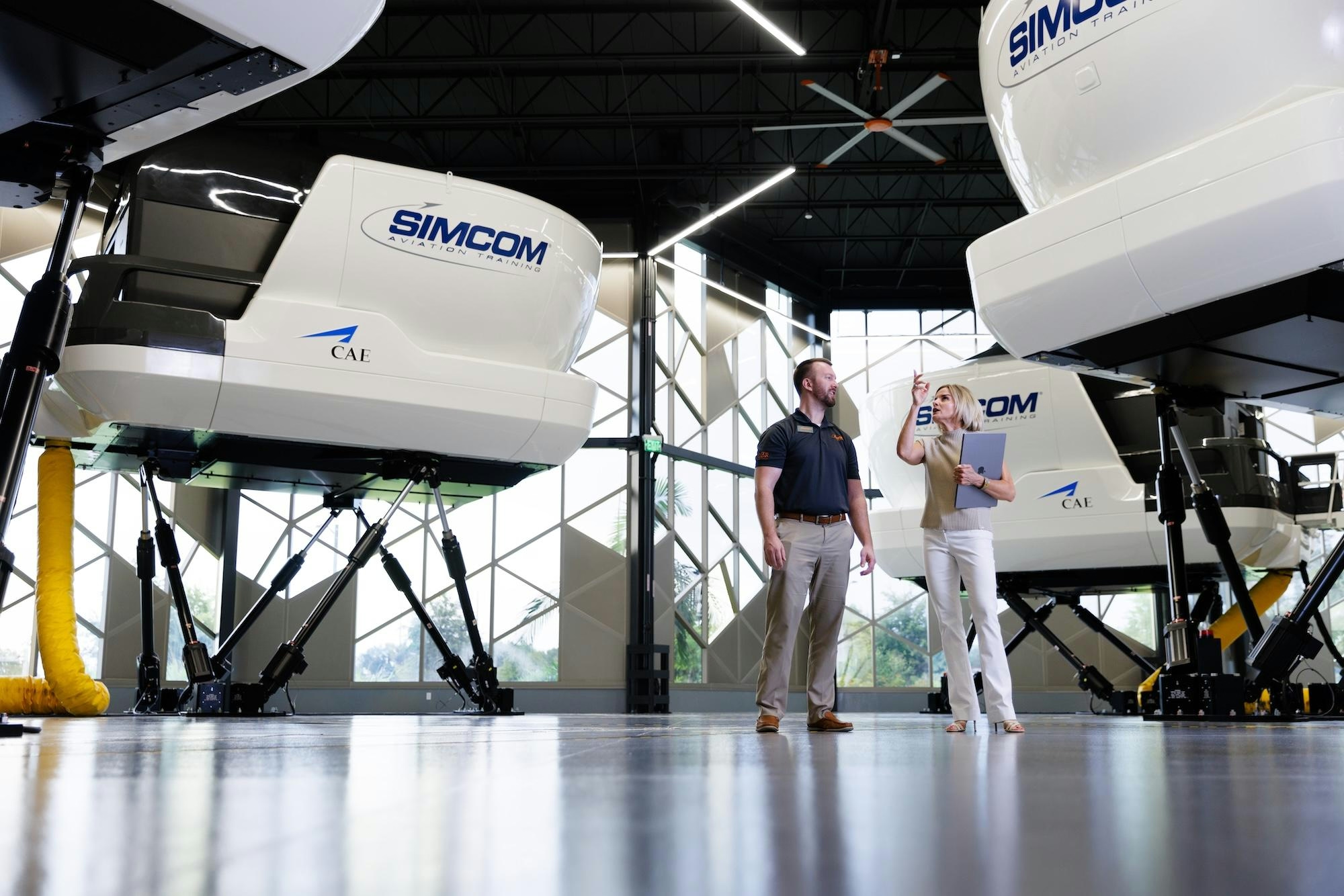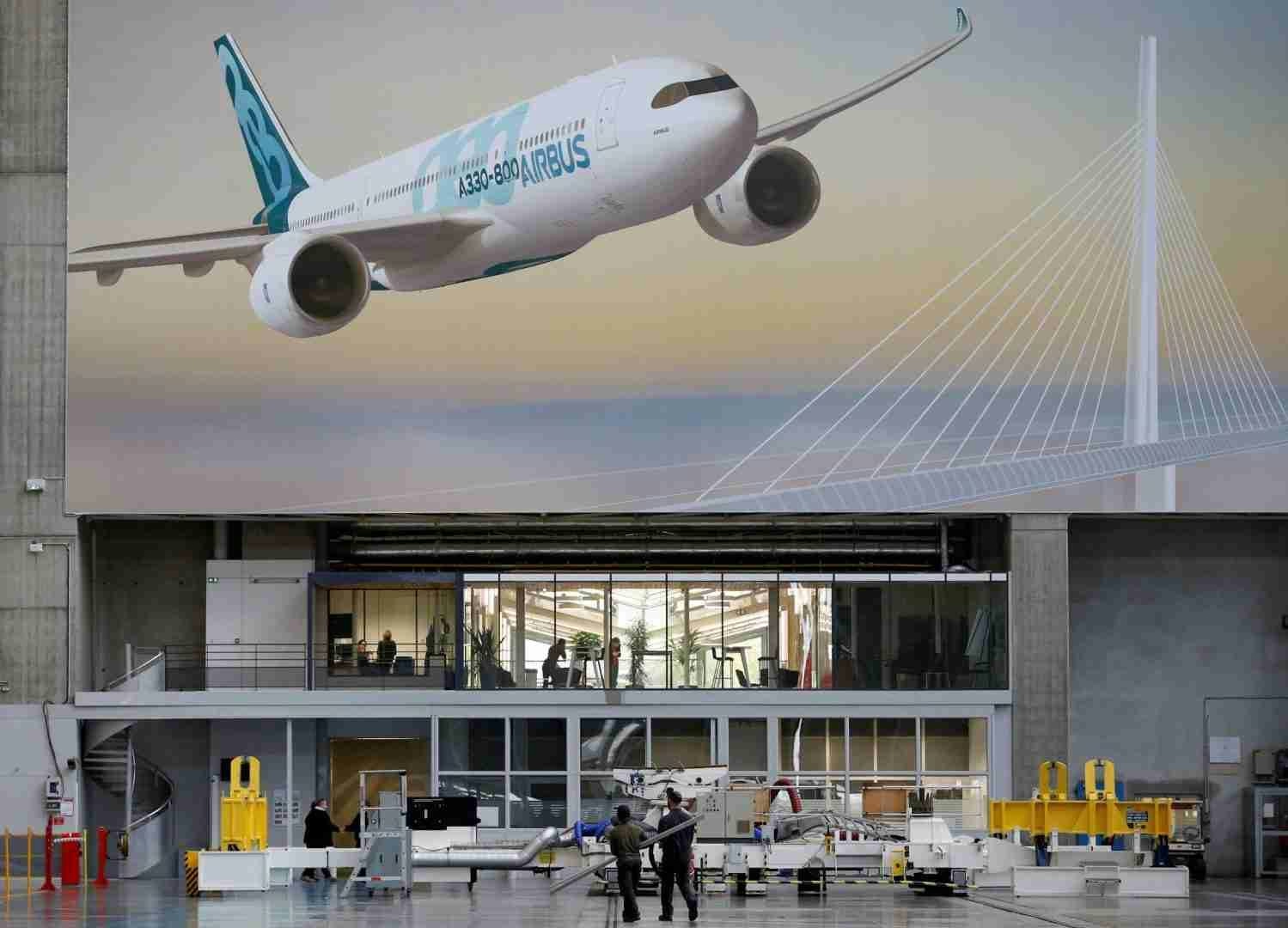
AeroGenie — Your Intelligent Copilot.
Trending
Categories
Leading Aerospace Companies in Orlando

Leading Aerospace Companies in Orlando
Florida plays a pivotal role in the United States’ $125 billion aerospace industry, with its east coast—known as the “Space Coast”—serving as a central hub for space-related activities. This region, stretching along the Atlantic shoreline and encompassing the Kennedy Space Center, Cape Canaveral Space Force Station, and communities such as Cocoa Beach and Palm Bay, has cultivated a dense network of aerospace and defense firms. The Orlando area, situated near this cluster, has successfully attracted several prominent companies within the sector.
Orlando’s Aerospace Industry: Challenges and Innovations
The aerospace industry in Orlando benefits not only from its strategic geographic location but also from its engagement with evolving global market challenges and technological advancements. At recent international forums, including the Paris Air Show 2025, industry leaders underscored complex supply chain disruptions as a significant obstacle for aerospace firms operating in the region. These difficulties have compelled companies to reevaluate their logistics and sourcing strategies to sustain competitiveness and operational resilience.
Simultaneously, rapid technological progress is reshaping market dynamics. Innovations such as self-healing materials are anticipated to drive considerable growth within the aerospace sector. Companies based in Orlando are closely observing these developments, recognizing that market trends and investment priorities increasingly favor organizations capable of integrating such advanced technologies into their manufacturing processes.
In response to these shifts, many aerospace firms are pursuing strategic partnerships to enhance their manufacturing capabilities and expedite technological development. Several are exploring opportunities to collaborate with advanced research and production environments, including those in Ohio, to strengthen their innovation pipelines. These alliances are designed to position Orlando’s aerospace leaders at the forefront of industry transformation, enabling them to remain agile amid evolving market demands.
As the aerospace landscape continues to change, Orlando’s leading companies are navigating a complex interplay of challenges and opportunities. Their capacity to adapt to supply chain complexities while embracing technological breakthroughs will be essential in preserving the region’s prominence within the national and global aerospace industry.

Dubai’s 2026 Plans: Key Developments from Flying Taxis to the Year of the Family

Flow5 Enhances Aerodynamic Simulations for Aviation and Marine Design

CALC Orders 30 Airbus A320neo Jets to Expand Fleet by 2026

John Travolta Discusses Business Aviation and Cabin Spending

AI in Travel Planning: Benefits, Risks, and Future Prospects

Airline Operated Largest Widebody Fleet in 2025

Tel Aviv Plans First Vertiport to Support Air Taxi Services

Pilot’s Distress Call Captures Near-Engine Failure Incident

The Small Cold War Helicopter Considered by the Marines for Combat
